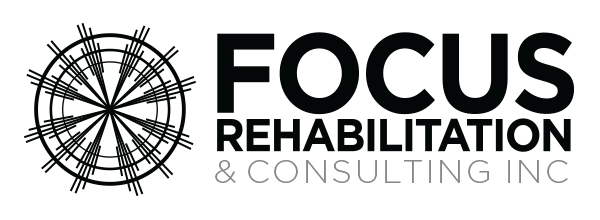Home Safety Assessment
A home safety assessment is conducted in the client’s home, often following an injury, illness or deterioration in his/her health. This may also include seating/wheelchair assessments, power mobility assessments, and home accessibility assessments. Recommendations may include adaptive or medical equipment, home modifications, home support services, or other treatments to improve independence and safety.
Components of a Home Safety Assessment:
Home Assessment - an assessment of the home environments and the individual’s ability to perform activities of daily living including; ambulating, dressing, bathing, meal preparation, homemaking, shopping and accessing the community. Following the assessment, recommendations are made to increase the individual’s level of functioning thereby decreasing the amount of care required.
Home / Environmental Modifications - identifying the most appropriate equipment or modifications to allow access when there are limitations due to an inability to manage stairs or when the client is wheelchair dependent, such as porch lifts, stair glides, ramps, and other wheelchair accessible modifications.
Consultation on Home Care Supports - recommending level of services required with a focus on gradual reduction of services as the client becomes more independent.
Retraining in Activities of Daily Living – teaching compensatory methods to increase independence i.e. one handed techniques.
Adapted Equipment – recommending provision of specific adaptive equipment of devises to compensate for deficits and increase safety in the home i.e. bathing aids, wheelchairs, grab bars, bathseats, raised toilet seats, etc.
Home Exercise Programs – setting up home exercise program to maintain and improve general mobility, strength, range of motion, and activity tolerance. These programs can be implemented by care givers, or a Rehabilitation Assistant can be provided if required.
Family/Caregiver Education – providing instruction to help care givers learn how promote the individual’s level of independence and to assist with safe lifting or transferring to prevent injury to the care giver.
Benefits of the Assessment:
- Promotes improved functional abilities and overall home safety thereby reducing the incidence of falls.
- Promotes increased independence of the individual, reducing dependency on home support services.
- Identifies the need for modifications, equipment / aids to daily living or further support in the home.


